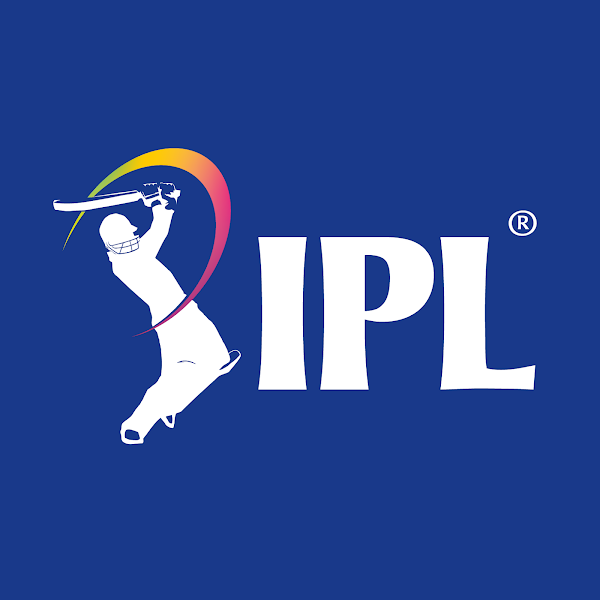Cricket is a sport that is deeply ingrained in the culture of many countries, and none more so than India. From dusty streets to manicured cricket grounds, cricket is played and enjoyed by millions of people across the country.
And at the heart of this cricketing frenzy is the Indian Premier League, a tournament that has become a cultural phenomenon in its own right.
For cricket fans, the IPL is a time of great excitement and anticipation. The best players from around the world come together to compete in a high-octane, fast-paced format that showcases the very best of the sport.
But the IPL is more than just a cricket tournament - it is a social and cultural event that brings people together in celebration.
That's why I am excited to share with you this article, in partnership with BettingGuide.com, about the evolution of the IPL from a cricket tournament to a cultural phenomenon. We will delve into the history of the tournament, exploring its key milestones and examining the impact that it has had on Indian culture and society.
From its birth in 2008 to its current status as one of the most popular cricket tournaments in the world, we will trace the IPL's journey and offer insights into what the future may hold.
The Birth of the IPL
The birth of the IPL can be traced back to 2007, when the Board of Control for Cricket in India (BCCI) proposed the idea of creating a domestic league that could rival other T20 leagues around the world.
The BCCI, led by Vice President Lalit Modi, recognized that there was a huge appetite for cricket in India, and believed that a domestic league could tap into this demand and generate significant revenue.
The first season of the IPL took place in 2008, with eight teams representing different cities in India. These teams were bought by various franchise owners, including celebrities and business magnates, for a total of over $700 million.
The format of the tournament was a round-robin league followed by playoffs, with the final taking place in Mumbai.
The IPL's inaugural season was a huge success, with packed stadiums, high-quality cricket, and unprecedented media coverage. The tournament also featured several innovations, such as cheerleaders, music, and other forms of entertainment, which helped to create a carnival-like atmosphere and attract a wider audience.
The Growth of the IPL
Following the success of the first season, the IPL continued to grow and evolve. In 2010, two new teams were added to the tournament, bringing the total number of teams to ten. This expansion was accompanied by an increase in the number of matches, with each team playing 16 matches in the league stage instead of 14.
The addition of new teams and matches helped to broaden the appeal of the IPL and attract even more fans. It also provided an opportunity for new players to showcase their skills and compete at the highest level of T20 cricket.
In the years that followed, the IPL continued to innovate and experiment. In 2013, the tournament introduced a mid-season player auction, which allowed teams to buy and sell players midway through the tournament.
This added an element of unpredictability and excitement to the tournament, as teams were able to bolster their squads and change their strategies mid-way through the season.
The IPL and Indian Culture
The IPL has had a significant impact on Indian culture and society, transcending the boundaries of sport and becoming a cultural phenomenon. The tournament has become a major source of entertainment and a platform for social and cultural expression, with people from all walks of life coming together to support their favorite teams.
One of the ways in which the IPL has impacted Indian culture is by bringing together people from different regions and communities. The tournament has helped to break down regional and linguistic barriers, with fans from different parts of the country coming together to support their teams.
This has created a sense of national unity and pride, with the tournament serving as a symbol of India's diversity and pluralism.
The IPL has also had a significant economic impact, generating billions of dollars in revenue and creating thousands of jobs. The tournament has spurred the growth of ancillary industries such as hospitality, tourism, and advertising, and has helped to put India on the global map as a destination for sports and entertainment.
Conclusion
In conclusion, the IPL has come a long way since its inception in 2008. What started as a simple cricket tournament has evolved into a cultural phenomenon that has transcended the boundaries of sport and become a source of national pride and identity.
The growth of the IPL has been driven by a combination of innovation, experimentation, and a deep understanding of the needs and aspirations of Indian cricket fans.
The tournament has become a platform for social and cultural expression, bringing together people from different regions and communities and providing a platform for artistic and creative expression.
The impact of the IPL on Indian culture and society has been significant, helping to promote national unity and pride, create jobs and economic growth, and challenge traditional gender roles and stereotypes.
As the tournament continues to evolve and grow, it is likely to have an even greater impact on Indian culture and society in the years to come.










Disclaimer:- Cricket Series or Tournamnets and Match Date, Time and Venue of all cricket teams data has been completed from various sources and by our own research. These data can be approximate and Indiacricketschedule.com makes no claims about the authenticity of the Cricket Series or Tournamnets and Match Date, Time and Venue data. This may change due to many reasons.
0 Comments